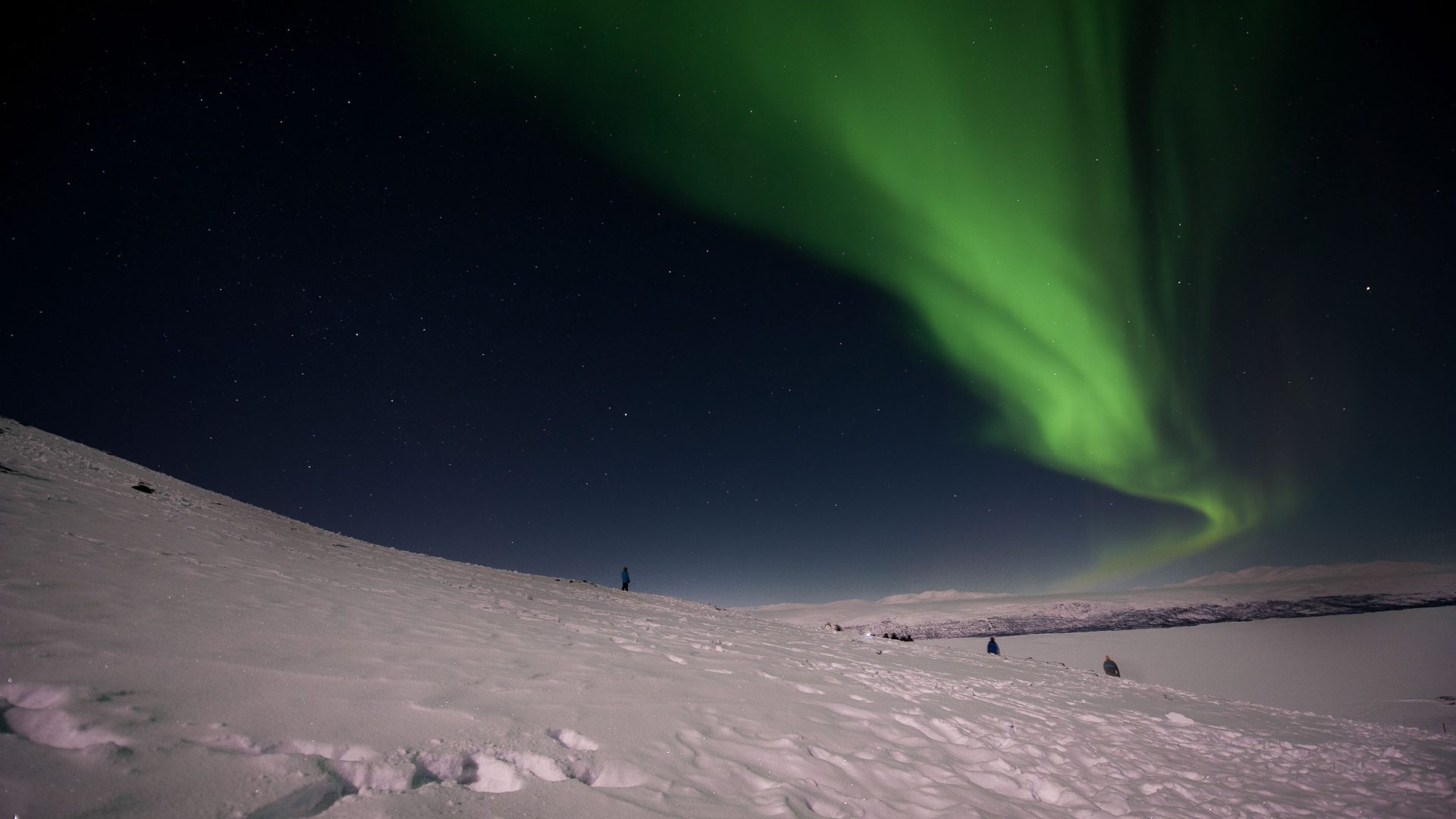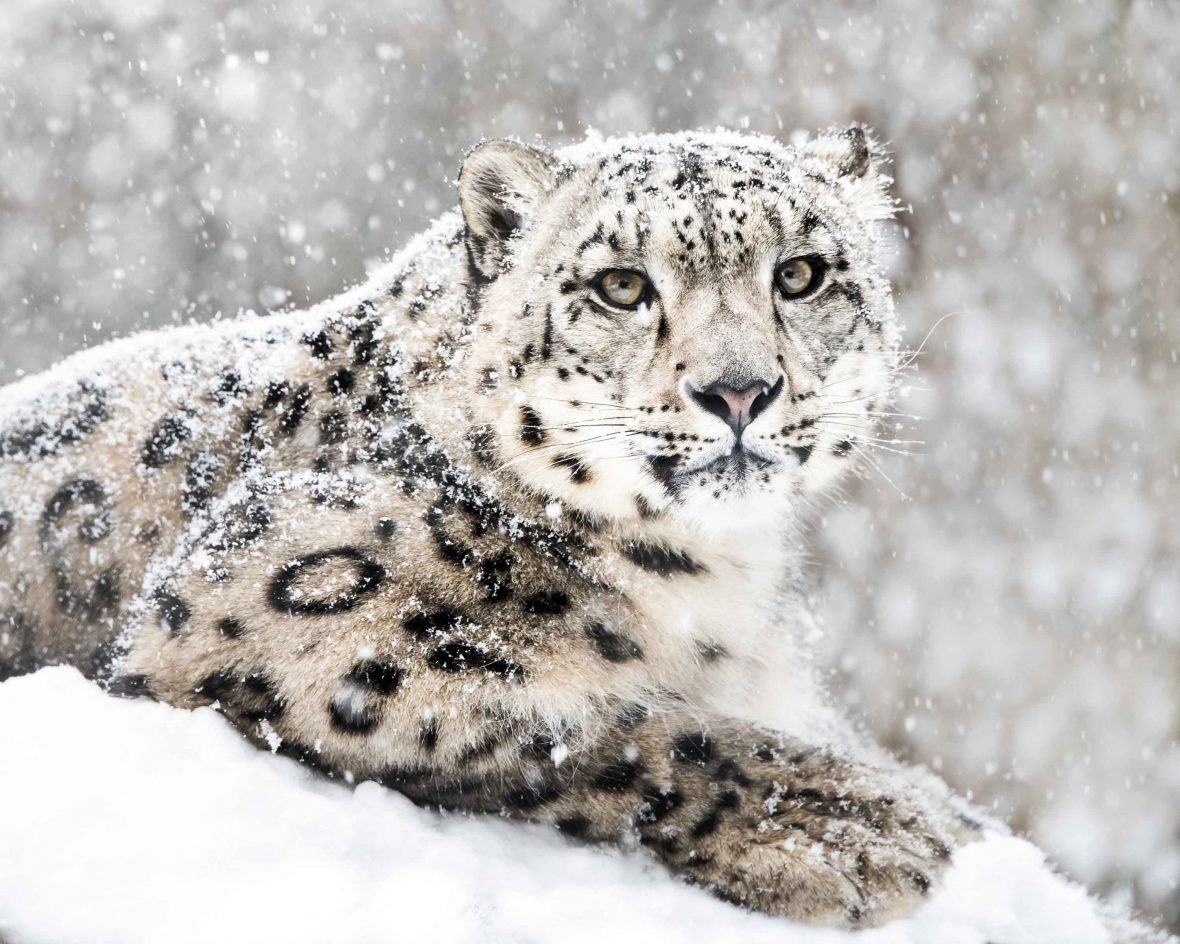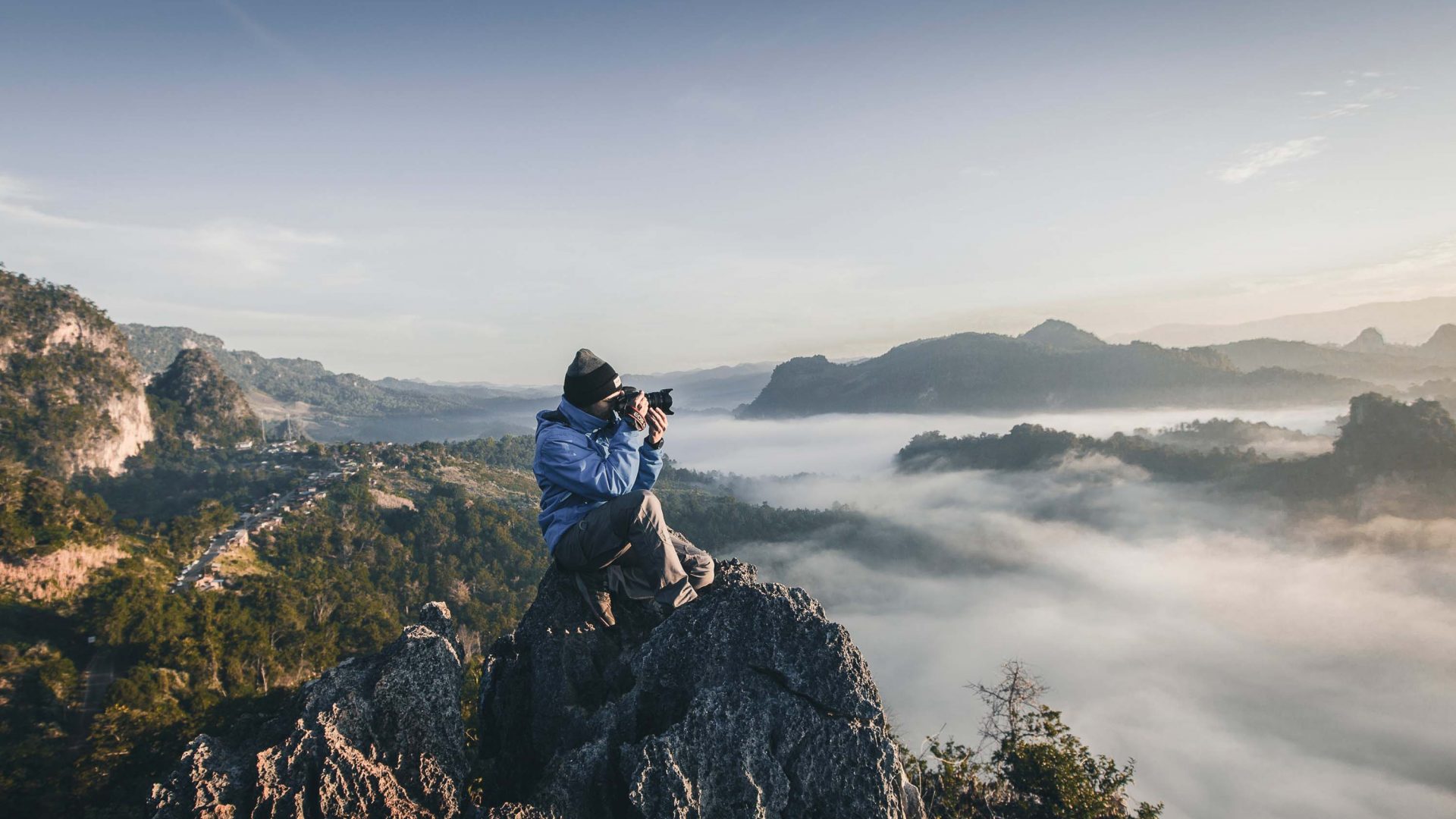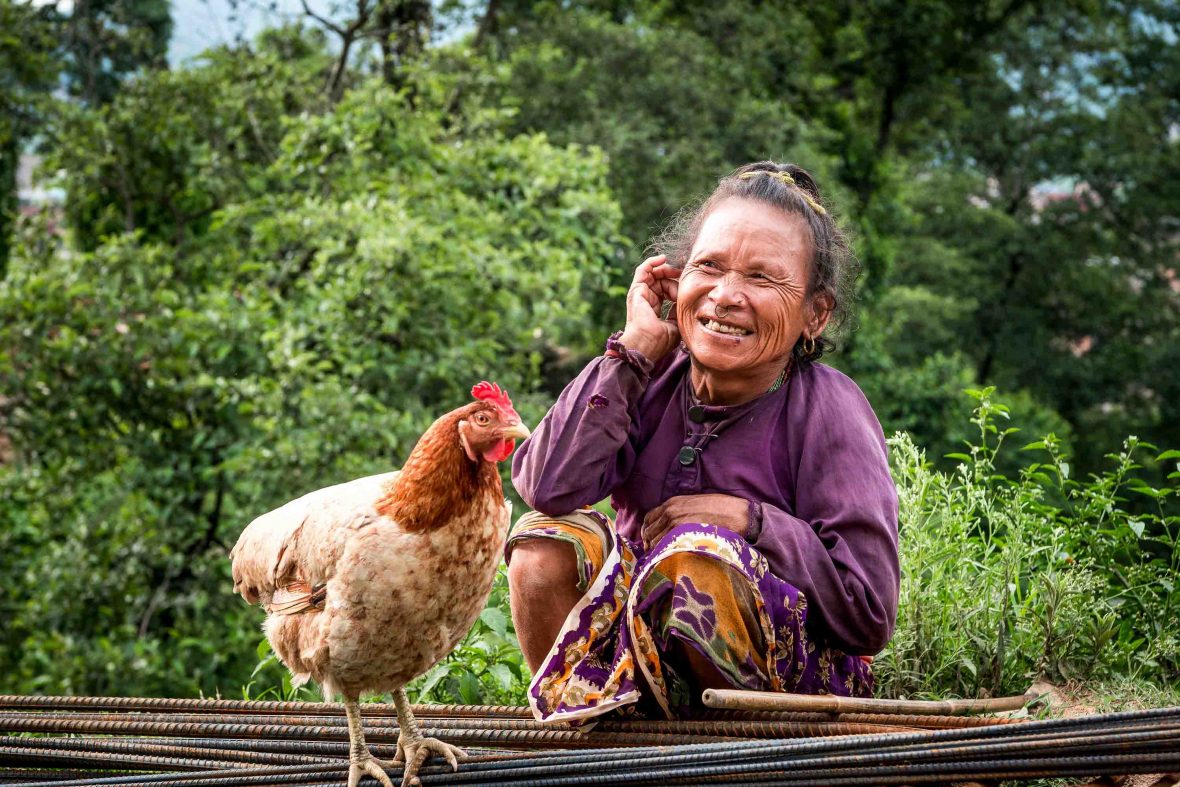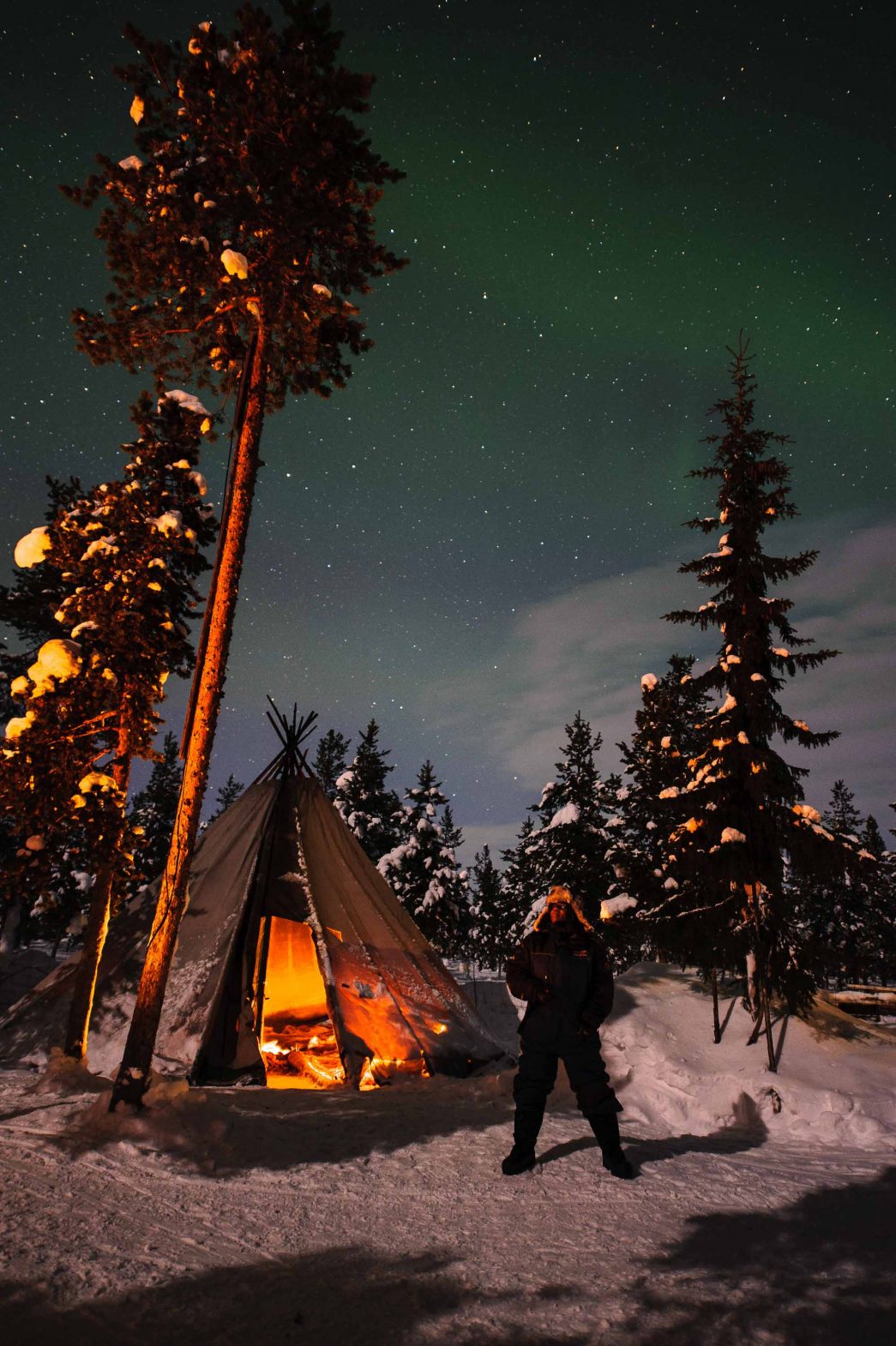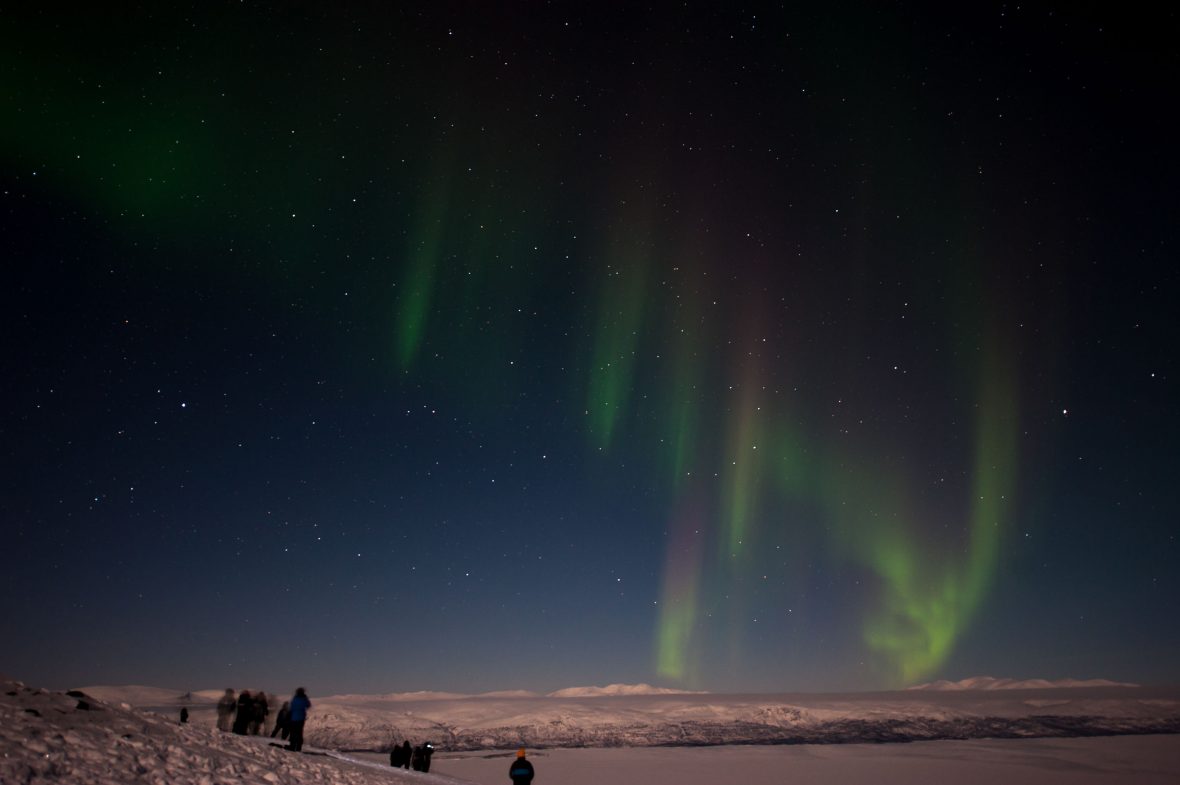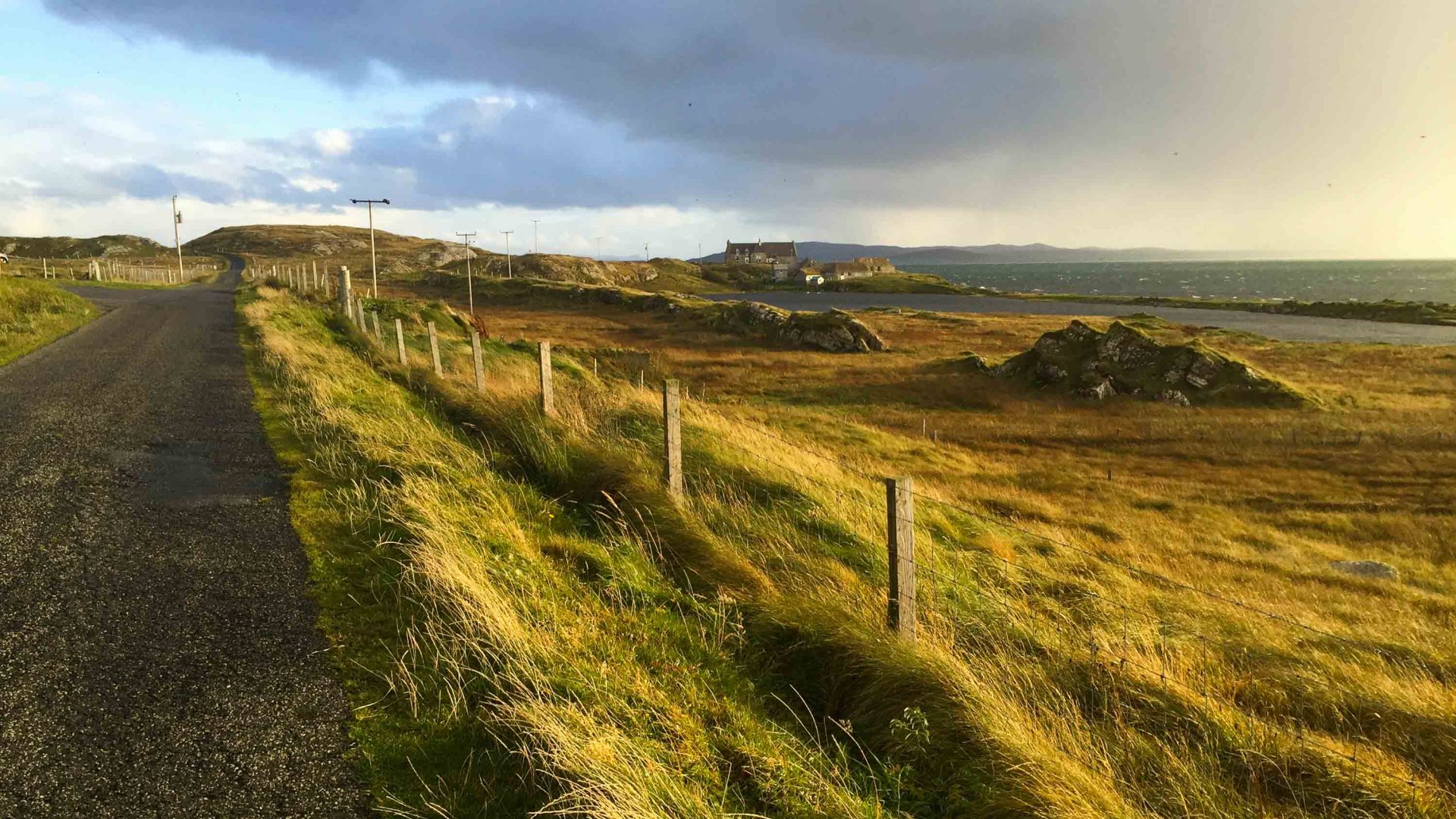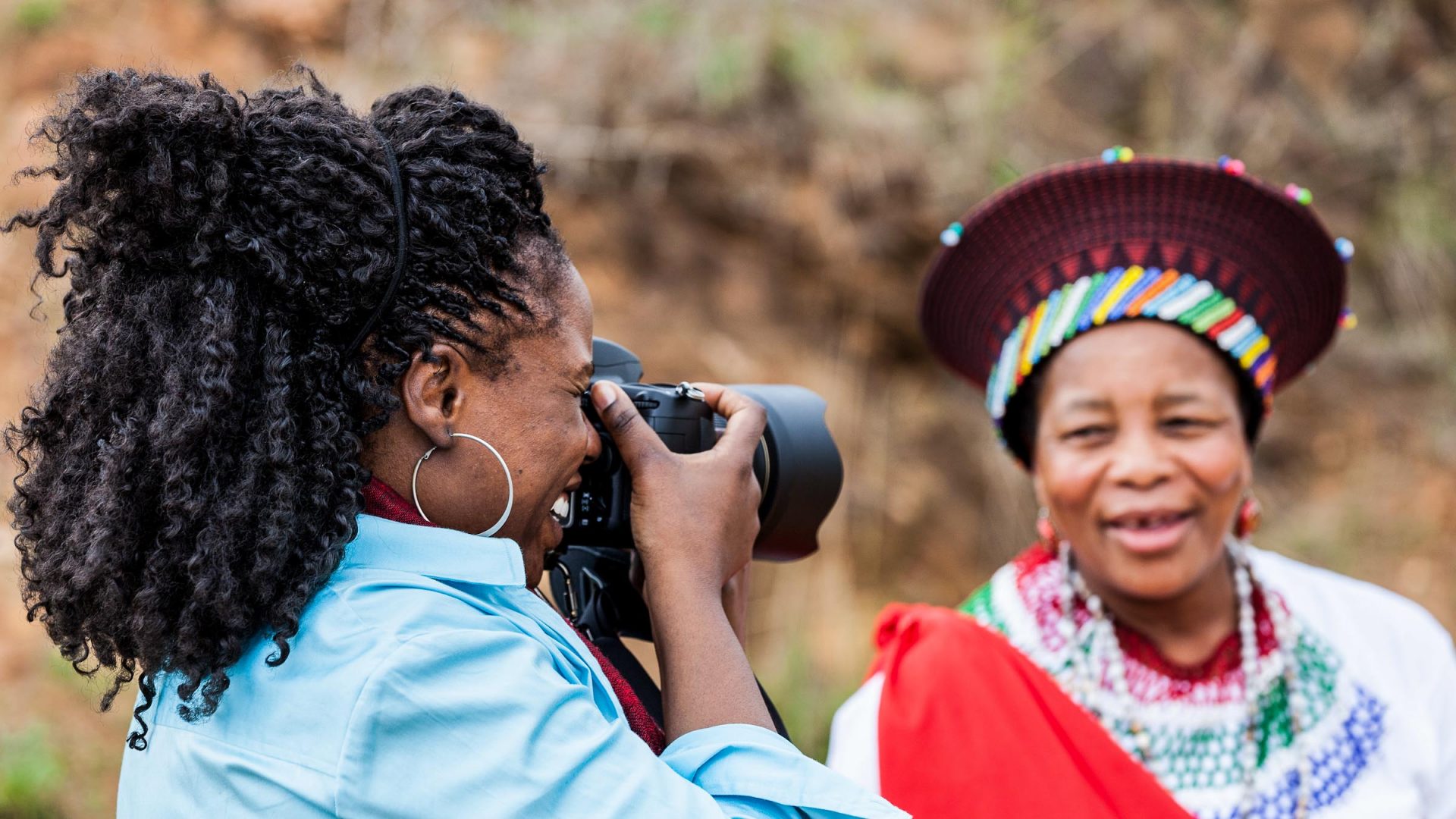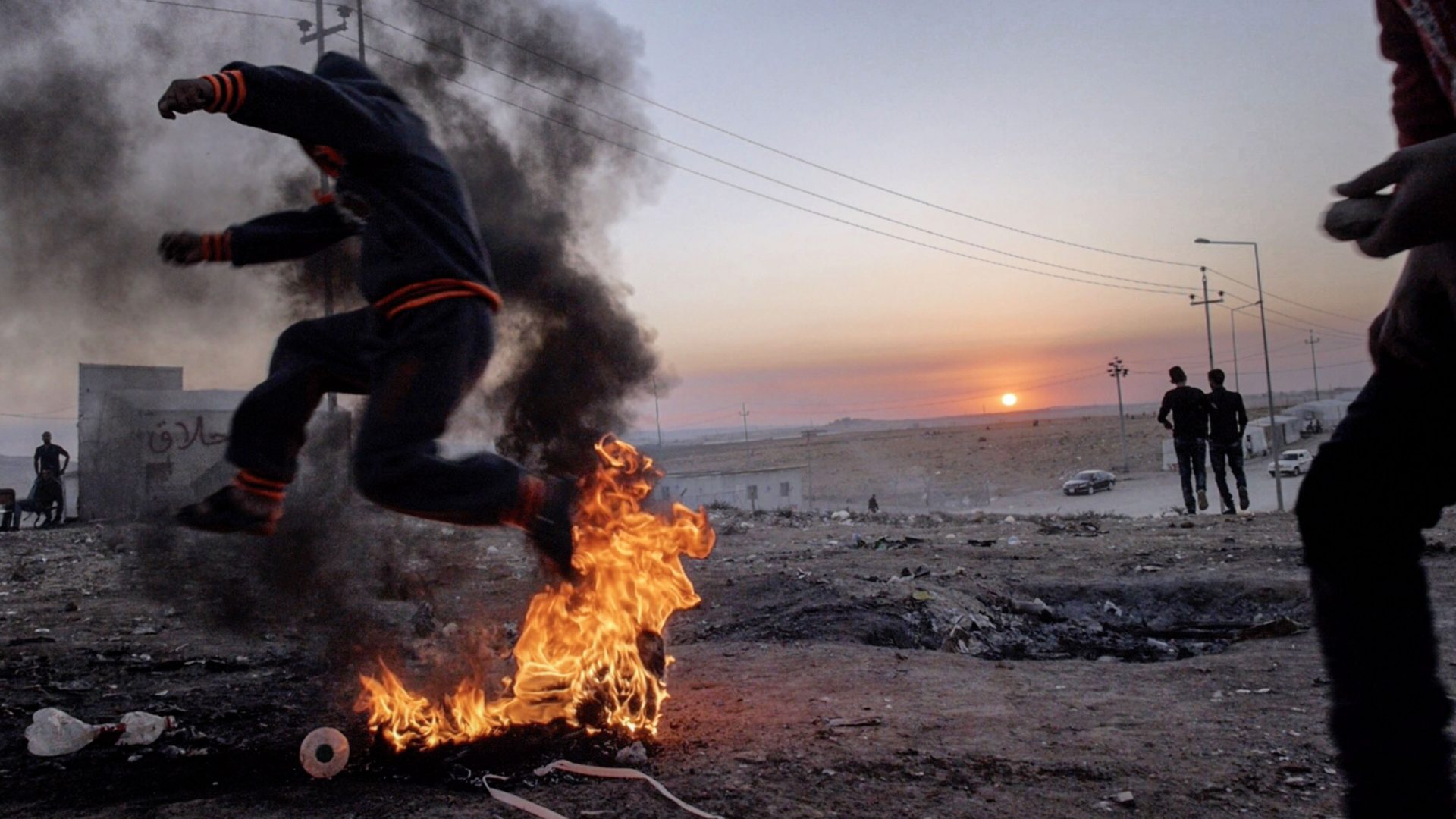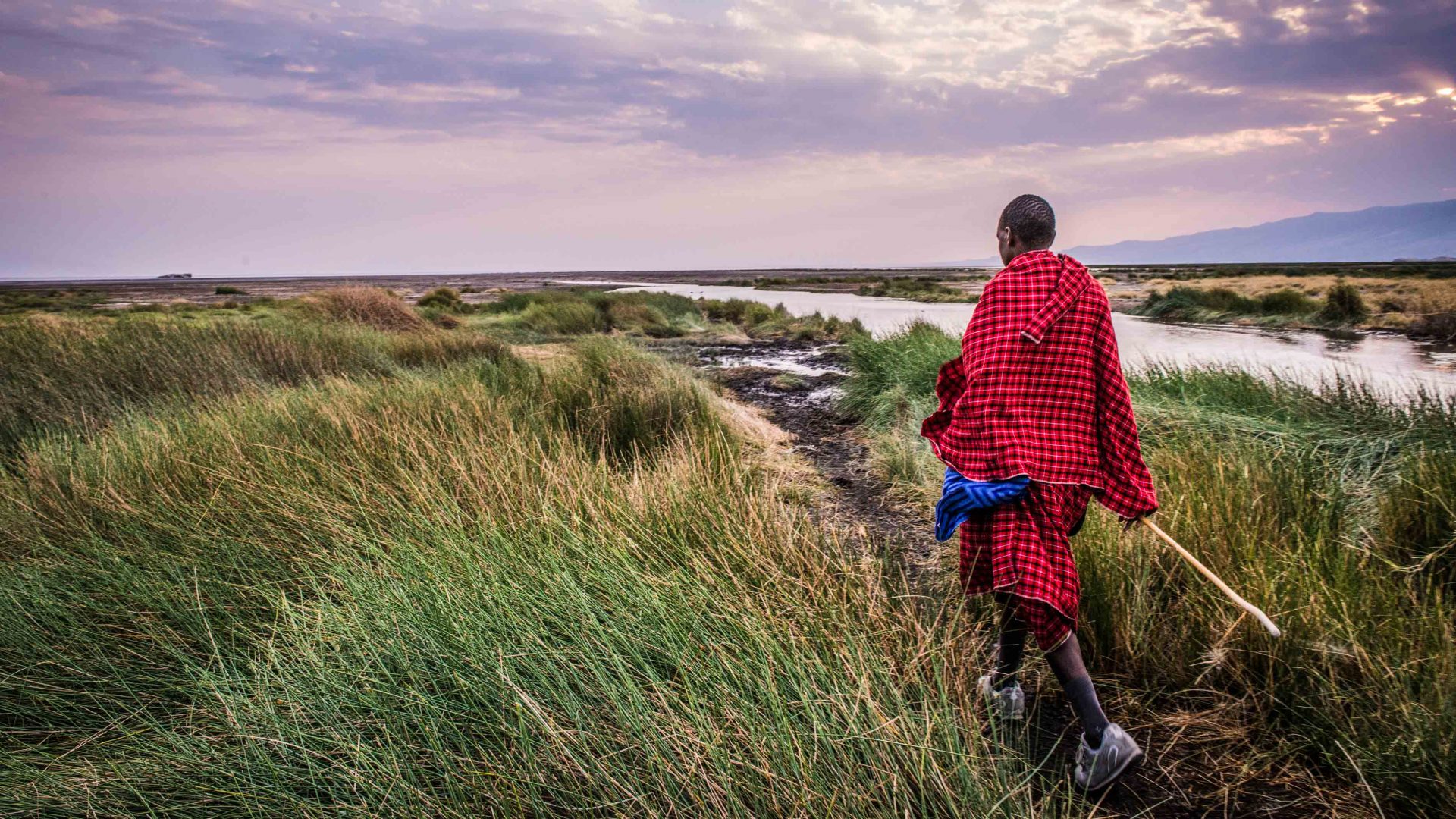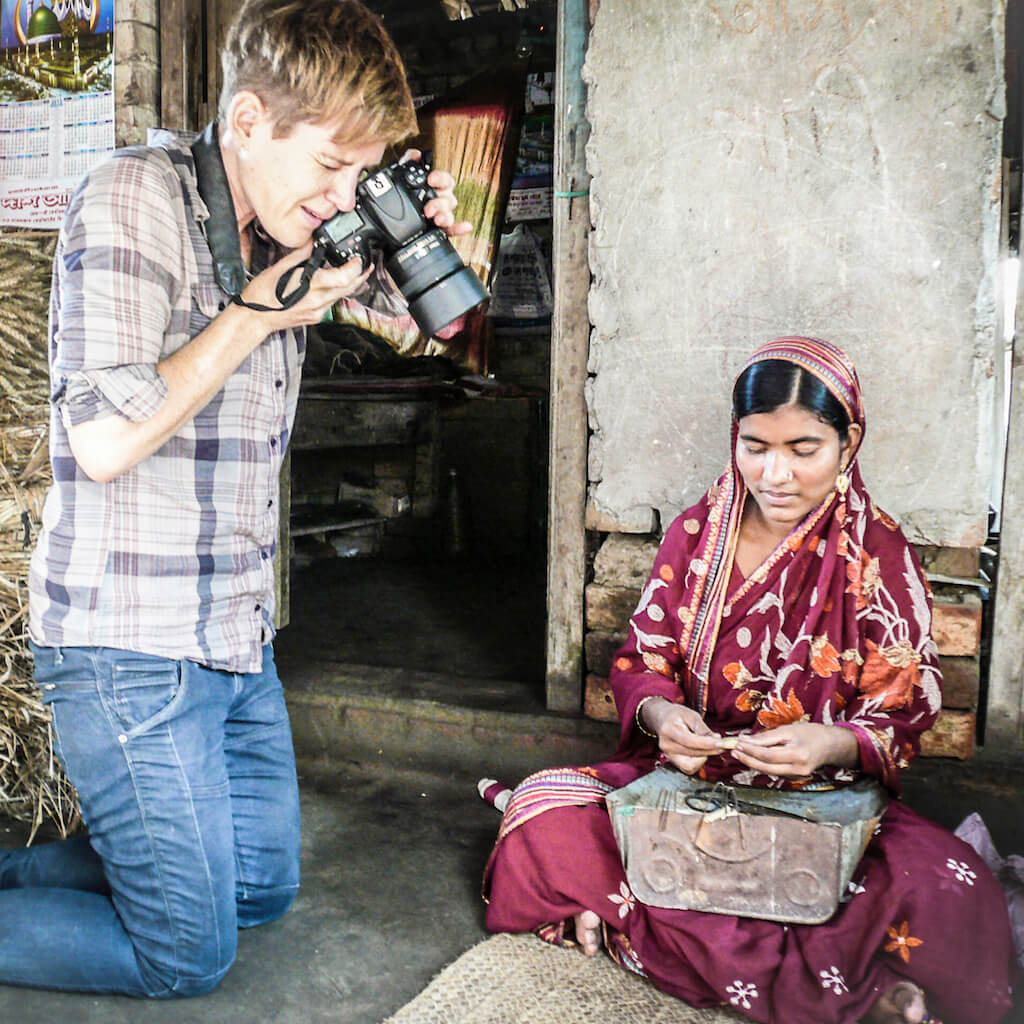In the never-ending quest to never miss a moment, do photographers run the risk of missing the point? Photographer Lola Akinmade Åkerström argues that sometimes, you just need to stop and look.
“They call the snow leopard the ‘ghost cat’,” Sean whispers to Walter as they hide from view behind a rock, high in the Himalayas. The duo is in Afghanistan, where Sean has been tracking the leopard for days. “Never lets itself be seen—beautiful things don’t ask for attention,” he adds.
“When are you going to take it?” Walter prods, referring to Sean’s telephoto lens.
“Sometimes, I don’t,” Sean explains. “If I like a moment, for me, personally, I don’t like to have the distraction of the camera. I just want to stay in it.”
“Stay in it?” Walter asks, confused.
“Yeah. Right there. Right here.”
And that dialogue seals my favorite scene from the introspective adventure movie, The Secret Life of Walter Mitty. After a harrowing journey battling sharks in Greenland, escaping fuming volcanoes in Iceland, and trekking in Afghanistan in search of LIFE magazine photojournalist, Sean O’Connell (Sean Penn), Walter (Ben Stiller) finally finds him tracking a rare snow leopard.
RELATED: Can going camera-free make you a more mindful traveler?
But when the leopard finally appears, Sean doesn’t take the shot. When Walter questions his illogical decision, Sean’s answer comes as a surprise—he doesn’t want the camera to distract him from the moment.
If you didn’t take a photo, you weren’t there. This seems to be the modern-day, social media-driven default setting for most of us. Back during the film era, we had only a handful of chances to commemorate that awe-inspiring moment, but with the proliferation of digital cameras and phone cameras, we have boundless opportunities—to not only capture the perfect moment, but edit it on the spot and curate which ones we want to share with the world.
